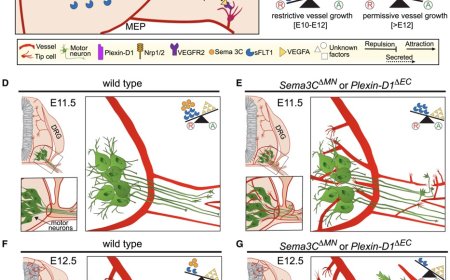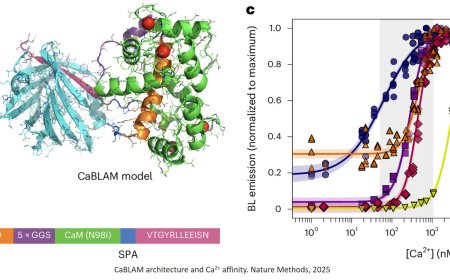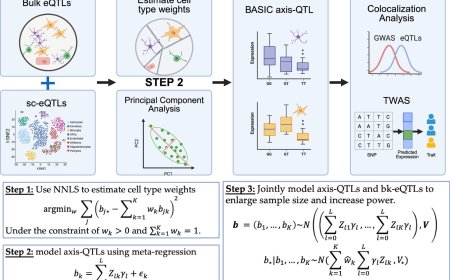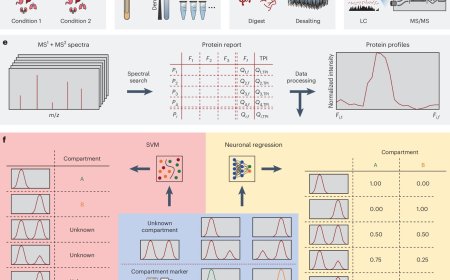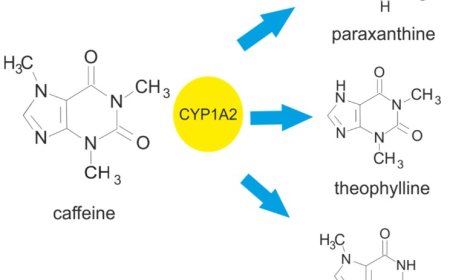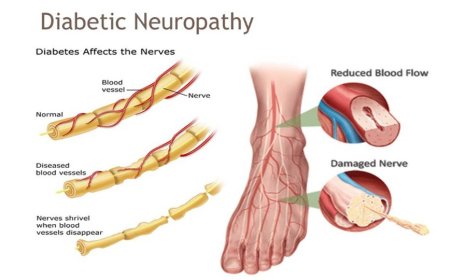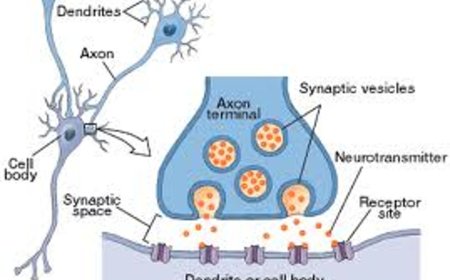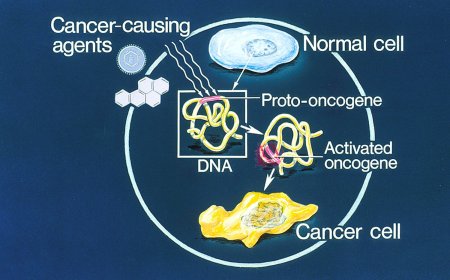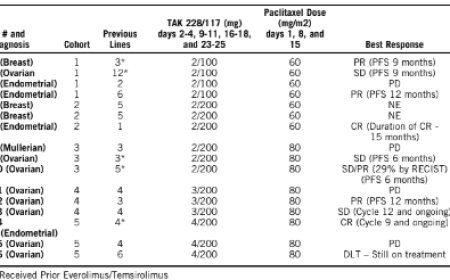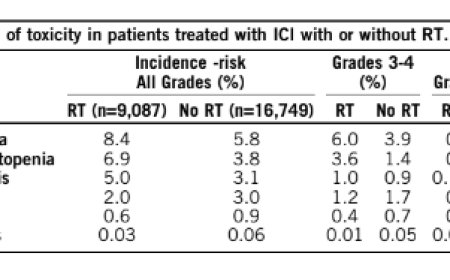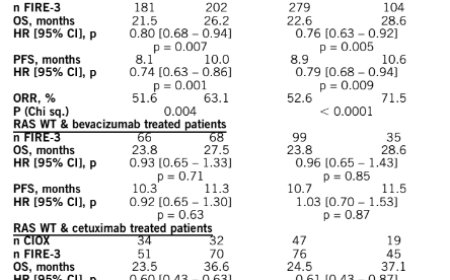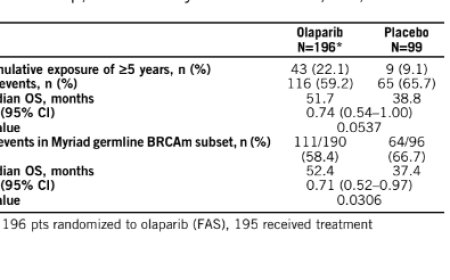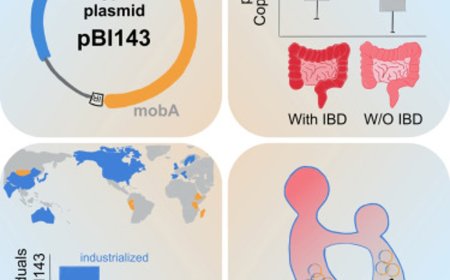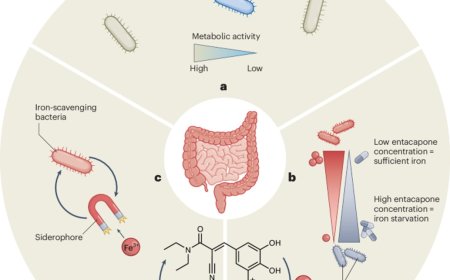Linking chronic sickle cell pain to gut microbial imbalance
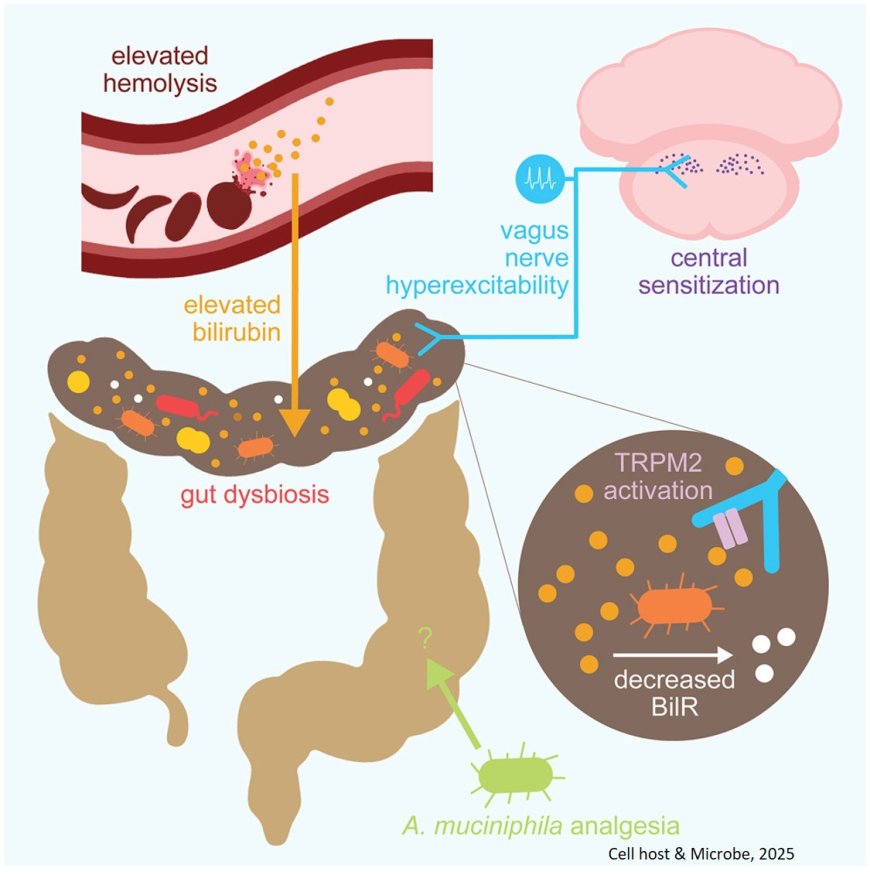
A research collaboration has found a clear connection between chronic sickle cell disease pain and the bacteria present in the gastrointestinal tract.
The researchers focused on Akkermansia muciniphila, a bacterium commonly found in the human gut but known to be less prevalent in individuals with sickle cell disease. In the study, the team alleviated chronic pain in mice engineered to have sickle cell disease by transplanting bacteria from the feces of healthy mice into the digestive tract of the sickle cell animals.
“Our results are strong evidence that the contents of the microbiome in individuals with sickle cell might drive chronic pain,” said the corresponding author.
Sickle cell disease is a genetic disorder in which red blood cells become abnormally shaped, like sickles, and rigid. Individuals with sickle cell can experience sudden, acute pain due to the misshapen cells blocking blood flow and depriving areas of the body of oxygen. For reasons that are unclear, at least 50% of individuals with sickle cell disease also experience chronic pain.
The two types of pain have separate pathologies, the author said, with the gut microbiome thought to play a role in chronic pain.
“The bacteria and other compounds in your digestive system have diverse, pervasive effects beyond what people might anticipate,” the author said. “Your immune system can become more activated based on gut bacteria, and that can have wide-ranging implications in your body. The idea of gut microbiomes driving chronic pain elsewhere in the body is becoming more prevalent, including in recent fibromyalgia research.”
A. muciniphila is available over-the-counter as a probiotic supplement. The author said the group’s study is the first to identify the bacterium as a target for sickle cell disease pain.
“We identified Akkermansia because it makes short chain fatty acids, which appear crucial for alleviating sickle cell pain,” the author said. “Transplanting it into our sickle cell mice almost completely reversed their chronic pain. Interestingly, when we transplanted all bacteria from sickle cell mice to animals without sickle cell disease we transferred the pain with it — not the genetic blood disorder, but the touch and cold hypersensitivity.”
The author said that changing the contents of the gut can activate nerve endings in the intestine that send signals to the central nervous system.
“What we think happens specifically in these sickle cell experiments is central sensitization,” the author said. “Everything becomes more sensitive because of a change in the brain or spinal cord.”
The human gut microbiome is constantly changing, not only in the short term due to daily diet fluctuations, but also in the long term related to factors such as age, lifestyle, medications and environment.
“Probiotics like Akkermansia can be very helpful in light of this frequent evolution,” the author said, “although we believe one would have to switch probiotics eventually as the bacteria in your gut adapt to kill off Akkermansia.”
“Chronic sickle cell disease pain has a profound negative impact on the quality of life of individuals living with the disease,” another author said. “These findings are extremely exciting as this work provides preclinical data to support a clinical trial using probiotics or fecal microbiota transplantation as a novel treatment for chronic sickle cell disease pain.”
The corresponding author described the potential development of a therapeutic drug for chronic sickle cell pain as “life-changing.”
“These patients don’t have many symptom-management options right now,” the author said. “Gene therapy is new and cost-prohibitive for most, and individuals who receive the therapy have to undergo chemotherapy. Even then, in the new gene therapy studies, chronic pain was not assessed, just acute pain.
“This idea is a type of therapy that hasn’t really been explored before. It could be relatively inexpensive for people who, right now, are often turned away when seeking pain-relief medications.”
https://www.cell.com/cell-host-microbe/abstract/S1931-3128(25)00338-5
